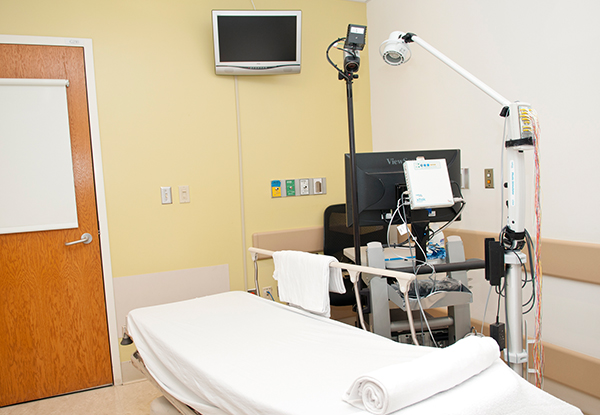 A key component of NAEC’s work to support strong specialized epilepsy centers is its development of guidelines and standards for epilepsy center care. The Guidelines for Essential Services, Personnel, and Facilities in Specialized Epilepsy Centers in the United States – Revised 2010 Guidelines are the basis for the criteria that NAEC uses to accredit level 3 and 4 epilepsy centers.
A key component of NAEC’s work to support strong specialized epilepsy centers is its development of guidelines and standards for epilepsy center care. The Guidelines for Essential Services, Personnel, and Facilities in Specialized Epilepsy Centers in the United States – Revised 2010 Guidelines are the basis for the criteria that NAEC uses to accredit level 3 and 4 epilepsy centers.
Introduction to the 2010 Guidelines
“This is the third iteration of guidelines adopted by the National Association of Epilepsy Centers (NAEC). The initial document, published in 1990, established guidelines for services, personnel, and facilities that characterized specialized epilepsy centers. The revised guidelines published in 2001 were a further step in the maturation of epilepsy centers.
The goal of epilepsy care since the initial guidelines were released has not fundamentally changed. The goal of treatment: “no seizures and no side effects” is increasingly achievable and expected. At the same time, purchasers of health care expect this goal to be achieved more efficiently and at lower costs. Both consumers and purchasers of health care services have increasingly demanded that these treatments clearly and directly improve quality of life. The convergence of these forces continues to motivate NAEC to provide specialized epilepsy centers with a framework for a systematic, well-organized approach to subspecialty epilepsy care.
We define a specialized epilepsy center to be a program which not only provides routine care to individuals with seizures or epilepsy, but also specializes in providing comprehensive diagnostic and treatment services to individuals with uncontrolled seizures, (i.e. intractable or refractory epilepsy). Of the 2.7 million Americans estimated to have some form of epilepsy approximately 25-30% of these individuals do not attain adequate seizure control and suffer from intractable epilepsy.”